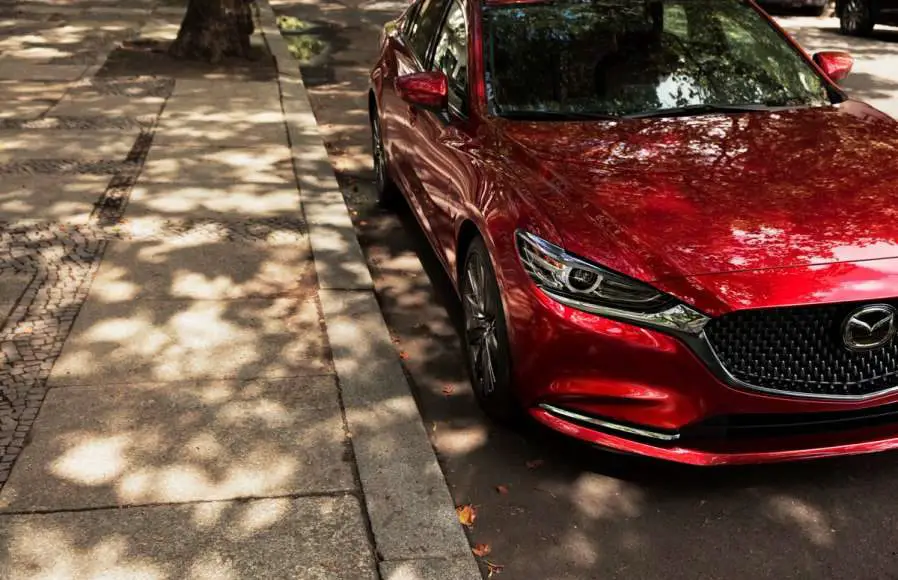Mazda spoke to some auto journalists off the cuff at the 2017 LA Auto Show and stated that Mazda isn’t about turbocharging their engines yet. Skyactiv NA engines still superior to turbos.
You’ve got to hand it to Mazda for having the chutzpah to go against conventional trends in engine technology, but arguably, that’s what’s kept them relevant against bigger car manufacturers. According to Road and Track on their off-the-cuff interview with two Mazda powertrain engineers at the LA Auto Show posted earlier this week (Dec. 7,2017) in more or less words, they stood behind their latest iterations of their high-compression engines and emphatically stated that they are better at doing their job than traditional turbo engines. Check out one of the many cars they brought to the L.A. Auto Show to showcase their Skyactiv technology below!
With increasing CAFE standards and fleet MPG numbers all tied to agreements from over a dozen automakers back in 2011 to slowly increase fleet fuel economy numbers to 54.5 MPG by 2025, automakers have by and large looked to turbocharging technology to quickly bringing their fleet into compliance (which is purely voluntary,) but not Mazda. In their entire US lineup, only their Skyactiv 2.5 Turbo engine, found in the CX-9 and new Mazda6, has forced induction providing the horsepower and torque necessary to stay competitive in its class.
Chen told us that the prevailing small-displacement turbo engine strategy is simply “trying to get great fuel economy and engine efficiency in one very small operating point.” That helps these engines post great fuel-economy numbers in testing, but not in real-world conditions. Plus, they’re just not that nice to drive, according to Chen.
In keeping in line with Mazda’s philosophy of having an innately connected driving experience with car and driver, turbocharged engines and CVT transmissions just don’t mesh well with what they think a driver’s experience with their cars should be.
To keep the dream of naturally aspirated power alive and well, Mazda’s increased the compression of their Skyactiv engines to a monumental 13:1 in their 1.5,2.0 and 2.5L engines. Rumors peg that compression ratio to increase further, to diesel-like levels of combustion, as the technology progresses.




